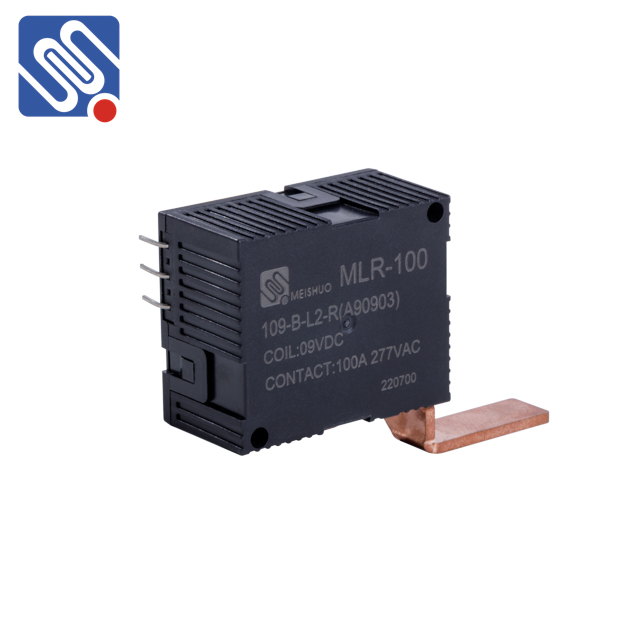Automatic relays play a crucial role in safeguarding electrical systems by automatically controlling the flow of electricity based on predetermined conditions. These devices are integral to ensuring the safety, longevity, and smooth functioning of electrical circuits, particularly in industries, automotive systems, and power distribution networks. Their automatic nature provides a layer of security by detecting abnormal conditions such as overcurrent, overvoltage, and short circuits, and subsequently taking action to protect both the circuit and the connected equipment. This article explores the functionality, applications, and advantages of automatic relays in modern electrical systems.

What is an Automatic Relay? An automatic relay is an electrical device that automatically opens or closes a circuit in response to specific electrical conditions. It works as a switch controlled by the system’s parameters, such as current, voltage, or temperature. Automatic relays can detect irregularities in the electrical flow and initiate necessary actions without requiring manual intervention. They are essential in preventing damage to both electrical components and equipment, reducing downtime, and ensuring operational safety. The core functionality of an automatic relay lies in its ability to detect changes in electrical conditions and react accordingly. For instance, if the current exceeds a set threshold, indicating an overload or fault, the relay will automatically cut the power, thereby preventing potential damage to the system. This automatic reaction helps maintain the integrity of electrical equipment and ensures a safer working environment.